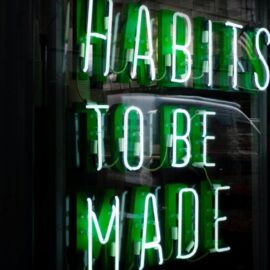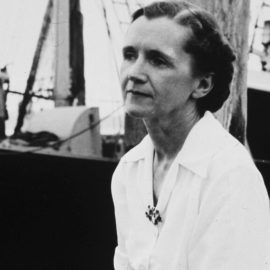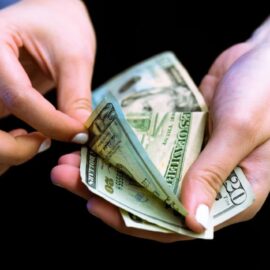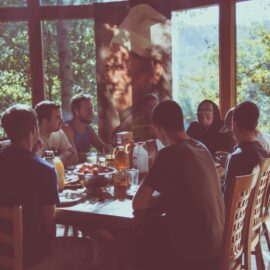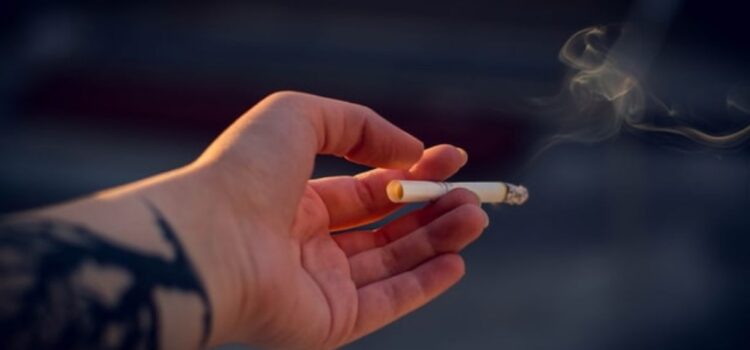
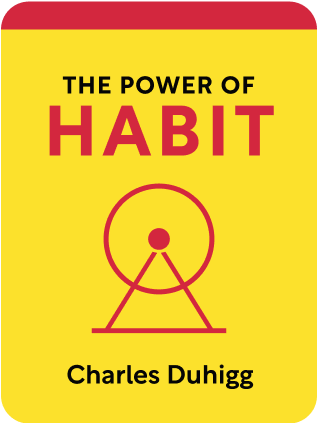
This article is an excerpt from the Shortform book guide to "The Power of Habit" by Charles Duhigg. Shortform has the world's best summaries and analyses of books you should be reading.
Like this article? Sign up for a free trial here .
Do you want to know how to stop bad habits? How can you use the habit loop to break bad habits?
Thee habit loop is the system of cues and rewards that help us form habits. You’ll need to understand the habit loop in order to learn how to stop bad habits, too.
Keep reading to learn how to stop bad habits.
How to Stop Bad Habits
Up until now, we’ve focused on building new habits – Pepsodent causing a new tingle, Febreze adding a new smell. But you likely want to stop your bad habits too – eating without control, procrastinating, or getting distracted at work.
Over time, habits become deeply ingrained. Over many iterations of the habit loop, the transition between cue, craving, routine, and reward become automatic. Think about any personal habits that you want to break, and how hard they seem to change. Once you get a cue and craving, it can seem almost as though you lose control and act on auto-pilot.
Luckily, research into successful methods of behavior change have revealed the best practices of changing your habits and learning how to stop bad habits.
How to Stop Bad Habits: The Steps
Use these three steps to stop your bad habits. Remember, your brain relies on the habit loop system.
Step 1: Identify the Cues and Rewards
First and foremost is understanding your own habits. First, identify the cues or triggers that kick off your habit. Every time you feel tempted with a craving, make a note to yourself on paper. Then think about what happened recently, or what you felt recently, that kicked off the craving.
Next, understand the reward you get after the routine. This could be a physical one, like food, or an emotional one, like relief of boredom or feeling socially connected. Think deep, and ask yourself “why?” five times. Often, the real root cues and rewards are not the superficial ones that first come to mind.
Example: say you want to stop snacking at work. Periodically, you feel the urge to get up from your desk, go to the kitchen, and find something to eat. Superficially, you think that you snack to satisfy your hunger. But you might find that you do this even when you’re not hungry.Instead, after introspection, you find that your real cue is that you get up when you feel lonely. Getting a snack gives you an excuse to go to the kitchen, where someone’s usually hanging out. You then strike up a conversation, while coincidentally eating chips. The real reward is the social connection with another person.
Step 2: Change the Routine
Once you identify your cues and rewards, you want to work on actually changing the habit and learning how to stop bad habits.
It turns out that it’s incredibly hard to completely eliminate old habits. For some reason, even after a long time, experiencing a cue can trigger old habits despite your best intentions. This is why alcoholics and smokers can fall off the wagon after just smelling cigarette smoke or having one taste of alcohol.
Luckily, there is one Golden Rule: to change a habit, keep the same cue and the same reward, but change the routine.
Because your brain’s already wired in the habit, it’s hard to totally resist the temptation of the cue and the craving, for the rest of your life. Instead, a more successful strategy is to replace the routine with something more productive, so that you get the same reward at the end.
And this works because often it’s the routine that you want to eliminate – whether that’s eating junk food, drinking, or binging Netflix.
Example: Alcoholics Anonymous
One of the most successful examples of habit change and learning how to stop bad habits is Alcoholics Anonymous. Its famous 12-step program forces the recovering alcoholic to go through a few important steps. For example, step 4 asks to make “a searching and fearless inventory of ourselves,” and step 5 asks to admit “to God, to ourselves, and to another human being the exact nature of our wrongs.” In these steps, it’s hard not to make a list of all the reasons you drink, and the urges that started the behavior.
Often, alcoholics drink not because of the physical feeling of intoxication, but because of the accompanying emotional relief – an escape from your everyday problems, a distraction, catharsis.
To change the habit, AA forces its members to replace the routine of drinking with engaging socially at meetings. Their goal is to attend 90 meetings in 90 days, and new members get a dedicated sponsor as a personal companion. The recovering alcoholic can keep the same cues (like anxiety about a life problem) and rewards (distraction from the problem or relaxation). But the routine is entirely different, and much healthier.
Example: Winning the Super Bowl with Habits
In 1996, the Tampa Bay Buccaneers were one of the worst football teams in the NFL. Tony Dungy arrived as head coach with a new strategy – force the players to develop deeply ingrained habits so they don’t ever have to think during a game.
For instance, on each play a defensive lineman, would focus on only a few cues – the positioning of his opponent’s back foot, the distance between him and the next player. Depending on what the cues are, the player then has an automatic habit of reacting. If it’s a pass play, he’ll immediately circle around the offensive line and sack the quarterback. He doesn’t need to think about it – he can just explode.
If these could truly become habits, then the behavior would be automatic. And Coach Dungy believed that their team didn’t need to have a more complicated playbook – they just needed to be faster. Football plays happen in fractions of a second, and thinking gets you in trouble.
This strategy, and countless sessions of drilling habits until they became automatic, ultimately led the Buccaneers to the Super Bowl. Coach Dungy then took his techniques to the Colts, who won a Super Bowl themselves.
Step 3: Believing in Yourself
There’s a last component of habit change that’s important – belief.
In the deepest and darkest days, when your cravings feel unbearable, it is critical to believe that you DO have the power to make your new habit a permanent behavior. You must believe that you can cope with the stress of the craving without falling back to your old behavior. You must believe that things will get better.
Faith is a big component of AA – belief in a higher power is a big part of the 12 step program. Researchers currently believe that the belief in God itself isn’t the critical piece – rather, just believing in something spills over into powering belief in the alcoholic herself.
Being in a community is helpful for this – a community can make the big goal of change believable. Hearing the stories of other people who have successfully changed their habits gives you belief that you can do it too.
Thus, if you want to change a habit, try to find other people who have successfully done it themselves. Try to find a subreddit or local meetup with other people who are on the same journey as you. And believing in your ability to change, one step at a time, can help you learn how to stop bad habits.

———End of Preview———
Like what you just read? Read the rest of the world's best book summary and analysis of Charles Duhigg's "The Power of Habit" at Shortform .
Here's what you'll find in our full The Power of Habit summary :
- The 3 steps to change your habits
- Why habits are at the root of success in football
- How social movements are just an expansion of habits from individuals to communities

